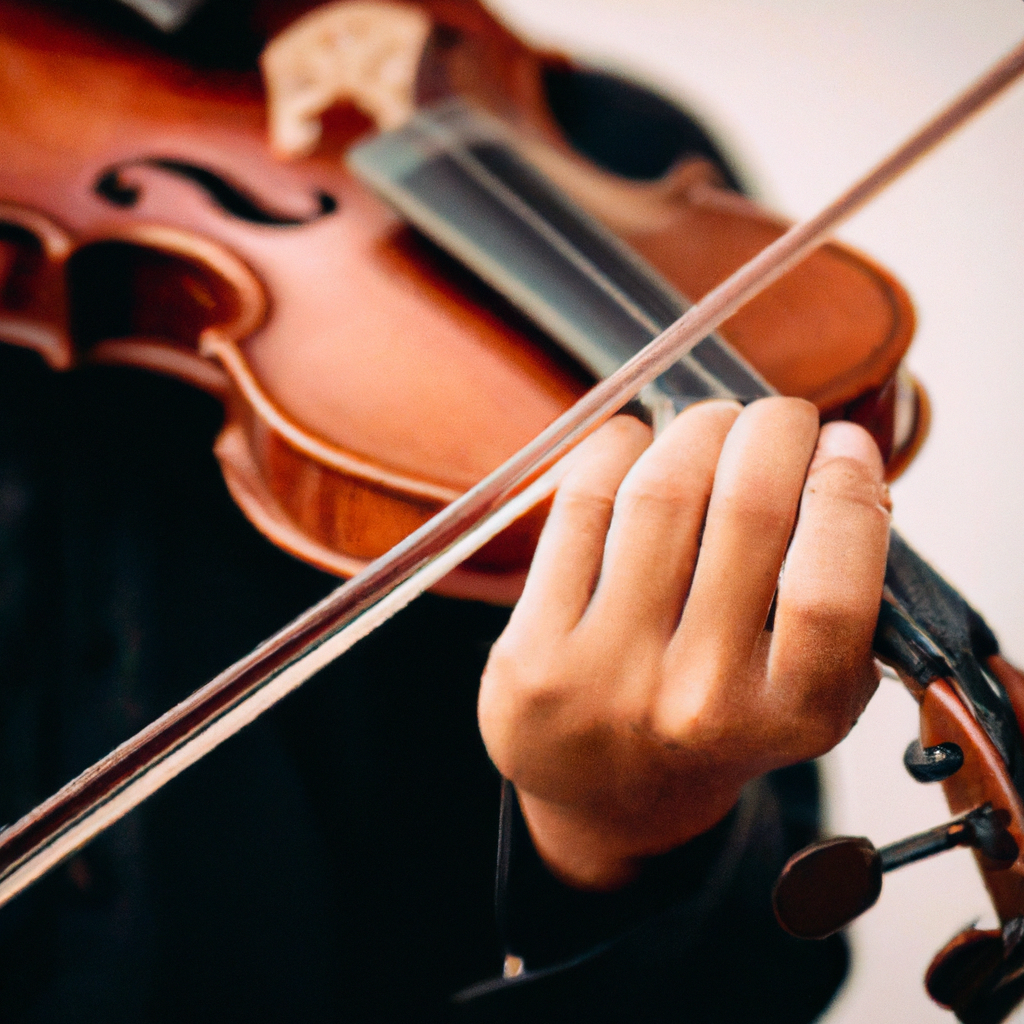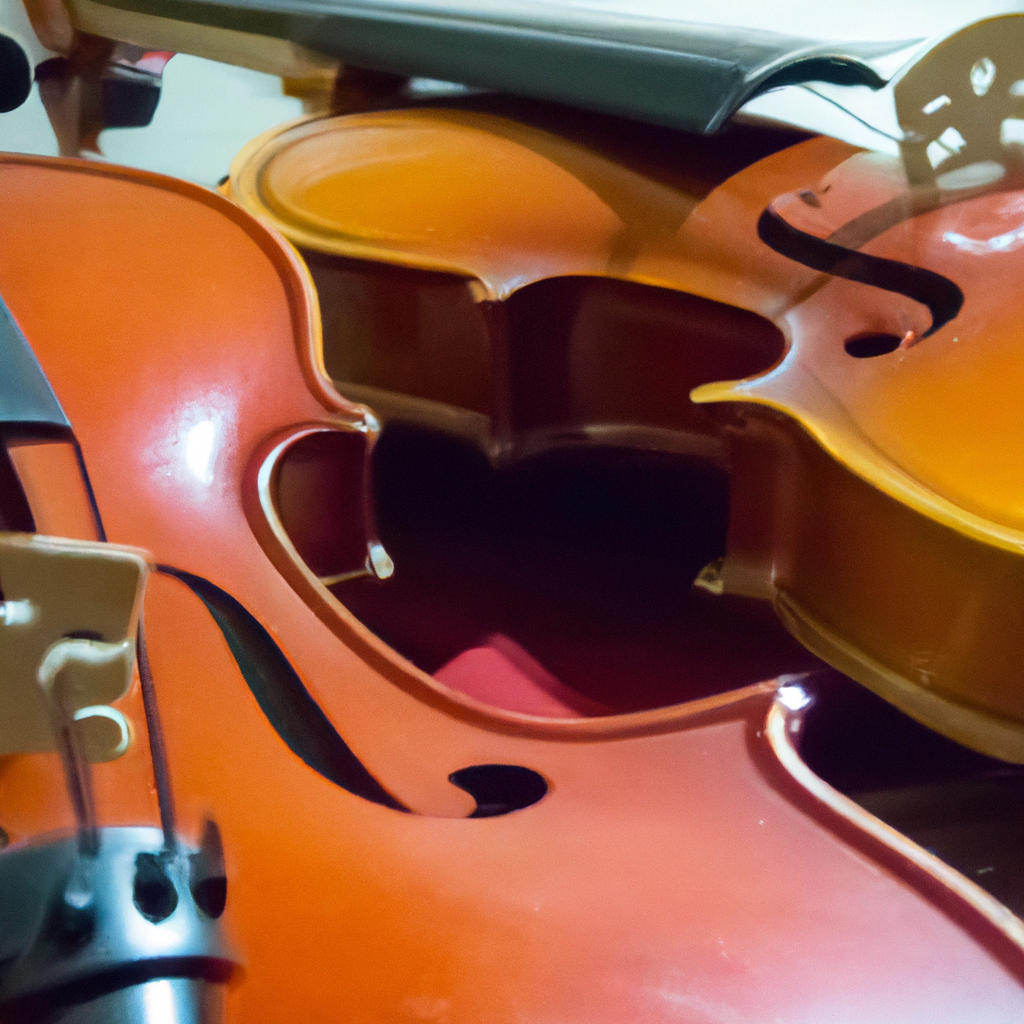
Learning to play the violin can be an exciting and rewarding experience. However, it is important for beginners to be aware of common mistakes that can hinder their progress and development as violinists. By avoiding these mistakes and following proper techniques, beginners can set themselves up for success in their violin journey.

As a beginner, it is important to have a brief overview of what learning the violin entails. The violin is a complex instrument that requires dedication and practice to master. It is a journey that requires patience and perseverance.

Furthermore, it is crucial to understand the importance of avoiding common mistakes. These mistakes can lead to bad habits and hinder progress. By being aware of these mistakes from the start, beginners can save time and effort in their violin learning process.

One of the first steps in learning the violin is choosing the right instrument. Factors to consider when selecting a violin include the quality of the instrument, its sound, and its playability.

Avoiding low-quality or poorly set-up instruments is essential. These instruments can hinder progress and discourage beginners due to their poor sound quality and difficult playability.
Seeking advice from a professional or experienced violinist when choosing a violin is highly recommended. They can provide guidance on selecting a suitable instrument that suits the beginner's needs and budget.
Having a correct posture is crucial for optimal technique and sound production. Common mistakes in holding the violin and bow include hunching the shoulders, collapsing the chest, and gripping the instrument too tightly.
Beginners should focus on achieving and maintaining proper posture by keeping the back straight, shoulders relaxed, and chin resting gently on the chinrest. Regular stretching and exercises can also help improve posture and prevent tension and discomfort.
The bow hold is another important aspect of violin playing. Understanding the components of a proper bow hold, such as finger placement and the position of the wrist, is essential.
Common mistakes in bow grip include gripping too tightly, collapsing the thumb, and improper finger placement. Beginners should practice exercises and techniques to develop a proper bow hold and ensure a smooth and controlled bowing motion.
Bowing technique plays a significant role in producing a good tone on the violin. Common mistakes in bowing include applying excessive pressure, bowing at incorrect angles, and inconsistent bow speed.
Beginners should focus on improving their bowing technique by practicing proper bowing motion, maintaining a consistent bow speed, and experimenting with different bowing styles. Regular practice and guidance from a teacher can help in refining bowing technique.
Accurate finger placement is crucial for producing correct intonation on the violin. Common mistakes in finger placement include pressing too hard on the strings, incorrect finger angles, and inconsistent finger placement.
Beginners should practice exercises and techniques to improve finger placement and intonation. This includes playing scales, practicing intervals, and using reference notes to develop a keen sense of pitch.
The left hand position is important for achieving a relaxed and flexible hand posture. Common mistakes in left hand position include excessive tension, improper finger angles, and collapsing of the wrist.
Beginners should focus on achieving and maintaining a proper left hand position by keeping the wrist straight, fingers curved, and thumb relaxed. Regular exercises and stretches can help in developing a comfortable and efficient left hand position.
Tension and overexertion can have negative effects on sound production and technique. Common areas of tension include the neck, shoulders, and forearm.
Beginners should be able to identify and correct tension by practicing relaxation techniques and focusing on maintaining a relaxed and natural playing posture. Regular breaks during practice sessions and warming up exercises can also help in avoiding overexertion.
Regular practice is crucial for progress and skill development on the violin. Common mistakes in practicing include inconsistency, lack of focus, and practicing without a plan.
Beginners should aim for a consistent and effective practice routine by setting aside dedicated practice time, setting specific goals, and focusing on specific aspects of playing. Regular review of repertoire and technical exercises can help in tracking progress and identifying areas for improvement.
Receiving proper instruction from a qualified teacher is essential for beginners. Common mistakes in self-teaching or relying solely on online resources include developing bad habits, incorrect technique, and lack of personalized feedback.
Beginners should seek out a reputable violin teacher who can provide guidance, correct technique, and offer personalized feedback. Regular lessons and guidance from a teacher can significantly accelerate progress and development.
Learning the violin takes time and effort. Common mistakes in becoming frustrated or giving up too soon can hinder progress and discourage beginners.
Beginners should understand that progress on the violin is gradual and requires patience and perseverance. Celebrating small victories, setting realistic expectations, and maintaining a positive mindset can help in staying motivated throughout the learning process.
Setting achievable goals is important for motivation and progress tracking. Common mistakes in setting goals include setting unrealistic or vague goals.
Beginners should set realistic and measurable goals for their violin learning. This can include learning specific pieces, mastering certain techniques, or achieving specific milestones. Regularly evaluating and adjusting goals can help in maintaining motivation and a sense of accomplishment.
Below are some frequently asked questions about learning the violin:
Q: Can I learn violin without a teacher?
A: While it is possible to learn the violin without a teacher, having a qualified teacher provides guidance, correct technique, and personalized feedback, which greatly accelerates progress and development.
Q: How long does it take to become proficient at playing the violin?
A: The time it takes to become proficient at playing the violin varies depending on various factors such as practice time, natural aptitude, and dedication. It generally takes several years of consistent practice to reach a proficient level.
Q: Is it necessary to practice every day?
A: Consistent practice is essential for progress on the violin. While practicing every day is ideal, beginners should aim for regular practice sessions that suit their schedule and allow for focused and effective practice.
Q: Can I start learning violin as an adult beginner?
A: Absolutely! It is never too late to start learning the violin. With dedication and consistent practice, adults can achieve significant progress and enjoy playing the violin at any age.
Q: What are some common mistakes to avoid when learning violin?
A: Some common mistakes to avoid when learning the violin include poor posture, improper bow hold, incorrect finger placement, lack of consistent practice, and relying solely on online resources without proper guidance.
By being aware of these mistakes and following proper techniques, beginners can set themselves up for success in their violin learning journey. Patience, perseverance, and guidance from a qualified teacher are key to overcoming challenges and achieving progress on the violin.
For more information, please visit https://bannhacflamenco.net/cho-thue-ban-nhac/luom-lat-tin-do-day/.